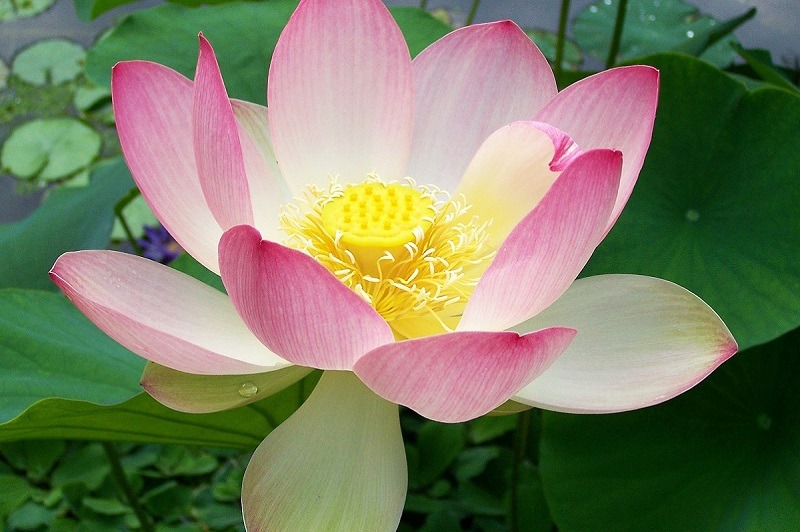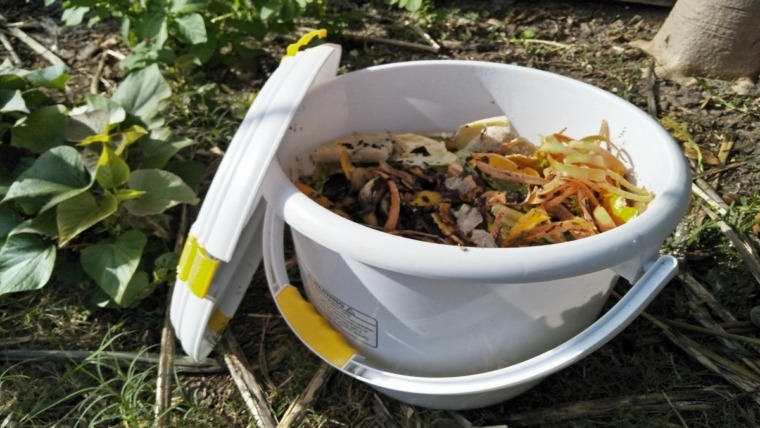
Written by Annabelle Drew
Peace is defined as the state of freedom from war or disturbance. While we are lucky to live without war in this country, we can all relate to the idea of disturbance in our lives and minds.
To free ourselves from this turbulence, we need to exercise contemplation and understanding. But how to achieve this?
We now know through studies and documented evidence that immersion in nature gives physiological and mental benefits. Simply being in a garden brings relaxation and provides stress relief so that we are in the right headspace to handle our mental wellbeing.
Create A Peace Garden
Buddhists achieve inner peace by detaching themselves from the cycle of craving that leads to suffering. Their meditation is aimed at achieving a mental state where they leave passions, needs and wants in life behind. But this process takes practice. It is a skill, not just an activity. So how can we take some of the principles of this wise, ancient practice and apply them to our normal lives?
Firstly, we need to gain an understanding of mindfulness and exercise the techniques involved, teaching our minds to move from agitated to harmonious.

What can then assist this learning is having the right space in which to practice. A space devoid of modern constructs and which allows us to connect with nature. Leaving our usual environment when visiting this space to exercise mindfulness helps the process of detachment.
Create a peaceful sanctuary to nurture yourself on an everyday basis in your own garden. Here are some guidelines to make this space:
- Create an open, flat area somewhere out of the way of access paths and away from the high-use areas in your garden. The choice of surface can be lawn, groundcover planting, deck, gravel or paving. The space will be more successful if it has only one surface material and is not fragmented by the intersections of several surfaces. Old paving can be freshened up with a blast from a high-pressure hose.
- Surround yourself in foliage. Plant tall shrubs as hedges around your garden boundary. Fast-growing Syzygium australe (Lilly Pilly) provides dense, dark green glossy foliage as the perfect backdrop for your sanctum. If you do not have a lot of room, some tall bamboo or shrubs in pots can do the trick.
- Plant some lower height plants at the edge of your clearing, between the open area and the tall background hedges. Luscious evergreen foliage which contrasts in texture and/or colour with the background greenery will create a depth through layering and interest in tonal differences. Use shrubs such as Plectranthus argentatus (Silver Plectranthus) with its large velvet silver leaves and Acacia cognata ‘Limelight’ with its fine, lacey lime green foliage. Or group together strappy plants such as Alpinia nutans (Dwarf Cardamom) for a tropical look, Arthropodium cirratum (Renga Renga Lily) for classic green with white spring flowers. The effect of the graded foliage height will cocoon you in your nature hub.
- Add a water feature. The soothing sight and sound of moving water brings tranquillity and theheadspace for mindfulness.
- As seen in peaceful Japanese gardens, the introduction of large stones around the edge of the clearing adds an earthy element which appeals to our innate desire to connect with nature.
- Include seating in your clearing. A hammock, Cape Cod chair or a large rock will be the focal point of the Peace Garden and the spot where you can prepare to process your thoughts and be at peace with yourself through mindfulness.
- Tending to your Peace Garden can also bring feelings of peace and contentedness. The activity of raking, pruning and weeding allows you to focus on a positive, immediate outcome and not on the distractions and turmoil of the mind.
- And if you would like some help to achieve your Peace Garden, get in touch with me via my website!
Welcome a Peace Plant
Not all of us can spare the time, energy or the space to create a Peace Garden. If that applies to you, there is a quick fix: grab a Peace Plant. Here are three plants to bring peace and harmony into your life:
- Peace Lily (Spathiphyllum sp.)
A beautiful indoor plant that will bring a sense of calm to any room. Place one in a contemporary pot on a shelf, on your coffee table or in a collection of potted plants on a plant stand.
Not only will it add a lush green touch to your decor, but this low-care plant will also provide oxygen and take in carbon dioxide, helping to clean the air in your home.
They need watering about once a week, a little more in summer, a little less in winter. Once a month use liquid fertiliser. Once a year, add a dose of slow-release fertiliser.
Olive Tree (Olea europaea)
The olive branch has long been a symbol of peace, used in Greek mythology by Eirene, goddess of peace. The Greeks believed that olive branches drove away evil spirits and represented abundance.
In Christan mythology, the dove brought Noah an olive leaf to show that land was nigh and that peace would soon be restored to the floating zoo.
Plant an olive tree in your garden or a pot for a contrast of silvery grey foliage against your other green plants. Do not expect them to provide shade or produce masses of fruit for you in the next decade. They are very slow-growing. The beauty of the shape and texture they provide are immediate, so you don’t need to wait to appreciate them.
- Sacred Lotus Flower (Nelumbo nucifera)
Of Indian, Indochinese and East Asian origin, Buddhism holds the lotus flower as a symbol of inner peace and a disconnect from consumerism and the material world. While a little tricky to grow at home, there are beautiful faux flowers made from silk available to bring this peace flower into your homes without the upkeep of a live plant.

Harmony Day Tree Planting
If you have no room to plant a garden and you cannot seem to keep an indoor plant alive, then you can join in the next community celebrations of Harmony Day Tree Planting.
Traditionally held in mid-March, Harmony Week is held to celebrate multiculturalism and is about inclusiveness, respect and belonging, regardless of cultural background. Fundamentally, it is about being at peace with each other.
Harmony Day is the focus for activities of Harmony Week and is often celebrated by planting a tree in communities around Australia. Planting a tree is such a powerful gesture. It speaks of intention, a brighter future and nurturing.
So connect with your local council or school next Harmony Week and join in the tree planting to feel the harmony in your neck of the woods.
Peace and harmony in your garden Peace and harmony in your garden Peace and harmony in your garden Peace and harmony in your garden



